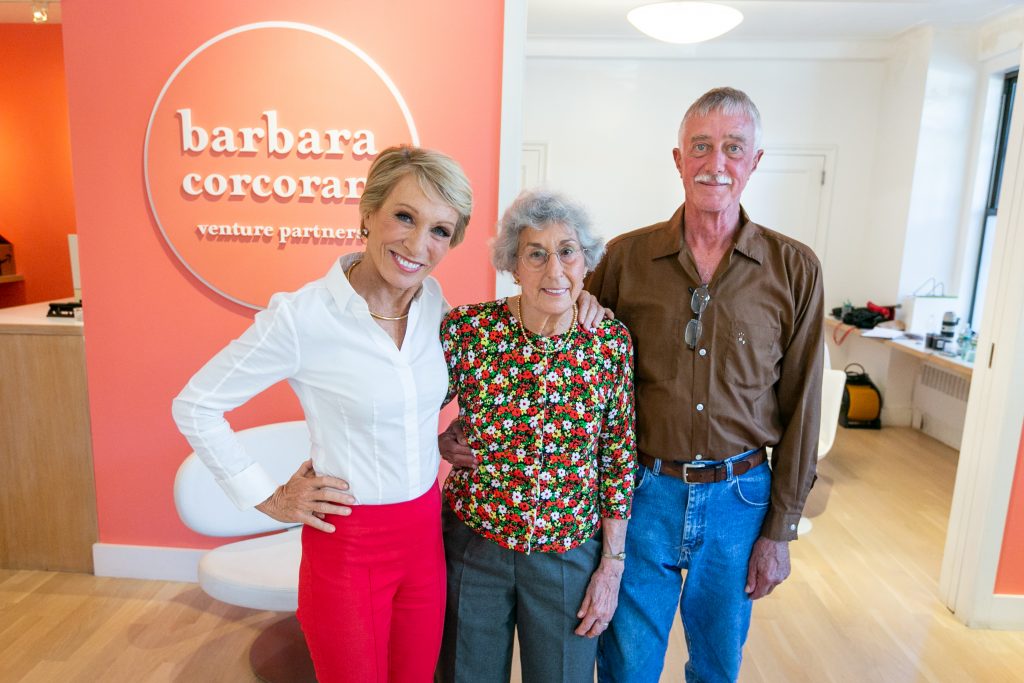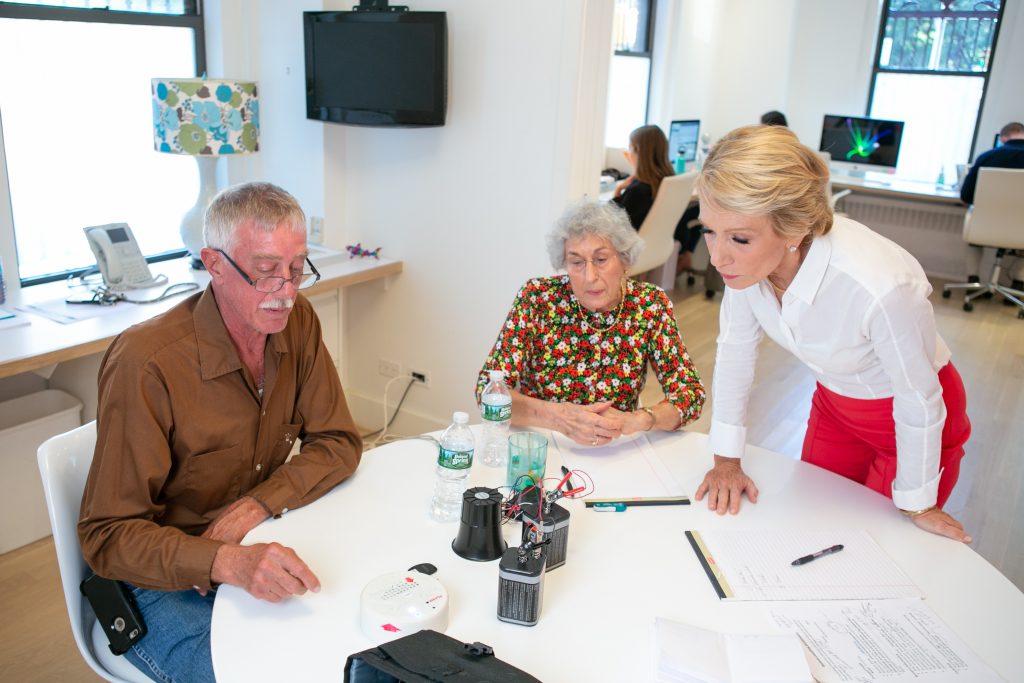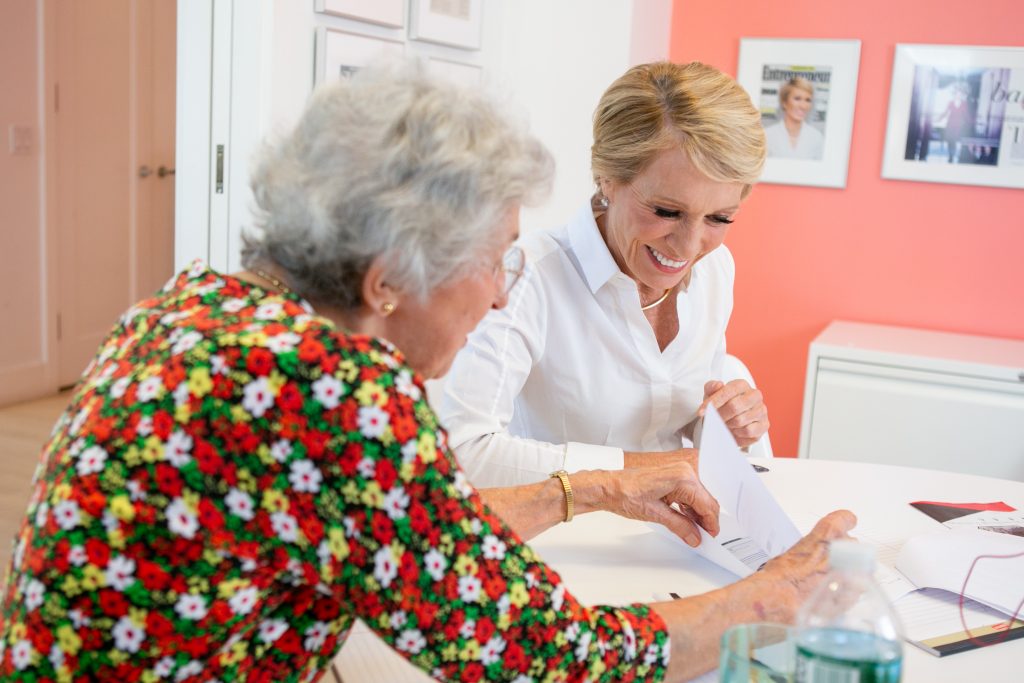In October, 2018, PNC bank sent an unlikely entrepreneur to New York City for a one-on-one consultation with Barbara Corcoran.

Most retirees spend their free time taking up new hobbies or spending quality time with loved ones. Carol Staninger is not most retirees.
January 19, 2019 — Last year Staninger’s home state of Florida accounted for six of the 40 deaths of children left in hot vehicles, the second-highest in the nation according to the nonprofit KidsandCars.org. “These children lose their futures,” Staninger explains in Corcoran’s bright Manhattan office. “They’ll never walk on the beach or have children. Their lives end before they begin.”
Disturbed by these figures, the 82-year-old began conceptualizing a solution: a device that detects the presence of life within seconds of a driver leaving a vehicle via respiratory activity. Once irregular breathing is detected, a loud alarm and visual strobe light are set off in unison.
Carol has financed the production of the device, called SaveOurLovedOnes, using retirement funds. “I’m not in this to make money, I’m here to save lives,” she explains. “The most surprising part of this journey has been the acceptance and enthusiasm from strangers. No one has said that they don’t believe in what I’m doing. It’s been nothing but positivity.”
In a private consultation, Barbara shared her advice for Staninger and SaveOurLovedOnes.

“When you’re building the foundation of your business, put everything in writing,” she urges. “Many people can talk the talk, but if you don’t have it in writing and something goes awry, there’s no accountability.” From the bill of materials to prototype approval, bringing a new product or service to market involves a lot of moving pieces, making it easy for details to slip through the cracks — and even easier for opportunists to exploit the inexperienced. “You need to know exactly what will be delivered, when it will be delivered, and how much is being spent during every phase,” she continues. “Whenever someone hesitates to put something in writing, I know that I’m going to lose money.”
While it’s important to communicate clearly with internal stakeholders, Barbara also stresses the importance of communicating with customers. “I wouldn’t spend a dime developing a product without knowing who my customer is.”
Many hopeful entrepreneurs use crowdfunding as a means to gather insight on who is interested in their product and just how much they’d pay for it. “What I love about crowdfunding is that you can put the prototype out there and ask people to pledge 10, 20, or 30 dollars,” Barbara explains. “It’s a great way to see how much interest there is and to better understand where that interest is coming from.”

While crowdfunding can be quick and efficient, Corcoran also recommends considering more old-fashioned ways of gathering insights. “Take your product out into the streets. Go to a parking lot and demonstrate what your product does. Ask people what they like, and more importantly, ask them what they don’t like. You can use those objections to guide your strategy and to improve your sales pitch.”
While building a business from the ground up can seem daunting, Barbara believes that today’s entrepreneurs have advantages that their predecessors didn’t.
“You need to be present on social media if you want people to remember your product,” she advises. Data from Adestra shows that roughly 94% of small businesses use social media as a marketing tool. “Technology can level the playing field, especially for small businesses.”
With Barbara’s advice, Carol hopes to officially launch Save Our Loved Ones within the next six months. You can find more information on the company’s official website or by following their Facebook profile.